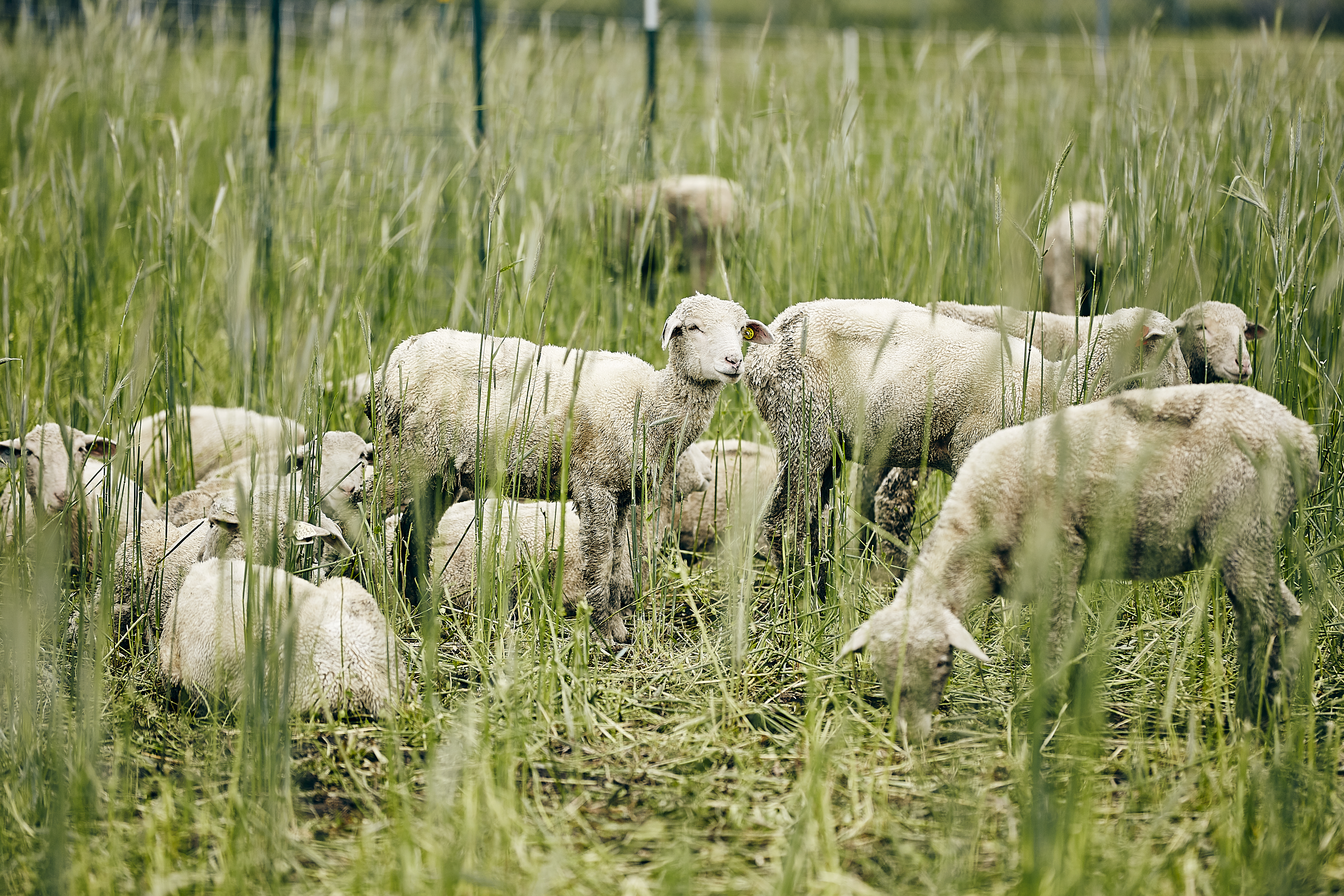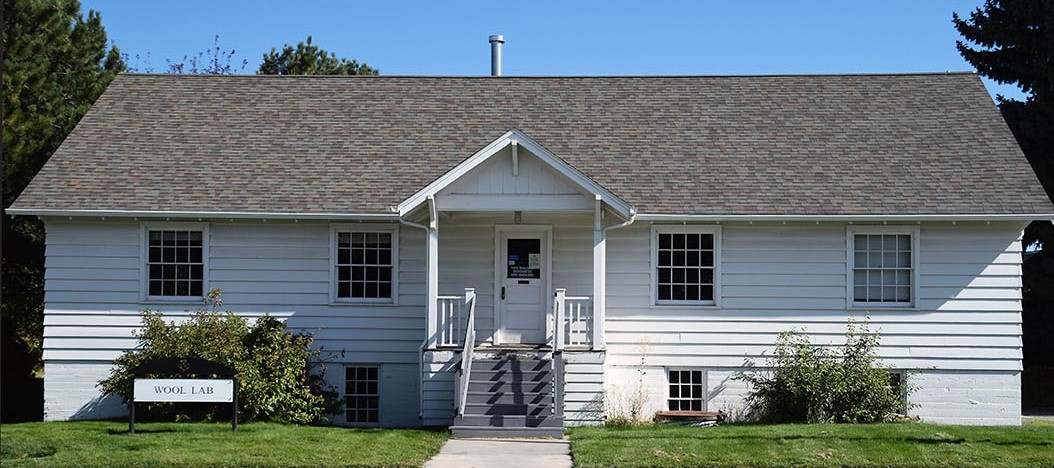Montana Wool Lab Campaign
Will you help us build a sustainable future for wool production in Montana?
MSU’s Wool Lab has shown grit and efficiency in its operations, running higher numbers of samples each year. With the closure of Yocom-McColl testing lab in 2020, there are now only two wool testing labs in the country, but demand for testing continues to grow.
Production at the Wool Lab cannot increase without expanded and upgraded facilities. MSU’s existing historic building currently lacks climate control for the detailed measuring required, adequate space, updated tools and equipment, and important safety measures.
In 2021, Montana’s 67th Legislature passed House Bill 14, with solid bipartisan support in both chambers, providing state capital project funding to improve Montana University System infrastructure. The bill included funding for long- range building plan projects at Montana Ag Experiment Stations, the Montana Wool Lab, as well as a new horticultural lab/office at MSU’s Western Ag Research Center. To supplement state funding, MSU has committed to raising an additional $1 million for the Wool Lab to support the design, construction, furnishing, and equipping of this important facility.

A rich part of Montana history
Sheep have been integral to MSU’s legacy since our founding in 1893 as the Agricultural College of the State of Montana. In fact, sheep became the predominant livestock in Montana in the 1890s, just as we embarked on our land-grant mission. Today, MSU continues to serve the sheep industry by educating agricultural students and producers on and off campus, generating pertinent agricultural research and disseminating that research via educational formats through statewide Extension programming for agriculture and natural resources.
Wool: Natural, durable and made in Montana
Montana producers are tapping into growing consumer demand for U.S.-produced sustainable wool products. These days, it seems wool and other natural fibers are making a comeback. Consumers are returning to wool for its aesthetic, durability, biodegradability, local sourcing, and often smaller environmental footprint.
The 1.5 million pounds of wool produced in Montana in 2020 is enough to provide a sweater to each Montana State University student 35 times over.
Sheep benefit rangelandsand communities
By helping producers build and sustain profitable sheep operations, the Wool Lab also contributes to sustainable rangelands throughout Montana and the region. Sheep can be used for grazing invasive weeds and wildfire-prone landscapes, while still producing wool.
Pure organic carbon makesup of 50% of the weight of wool. This carbon is sequestered from the atmosphere by plants, then consumed by the sheep. Montana’s pristine waterways also benefit, as wool is naturally biodegradable and extremely durable while research has proven that environmental contamination occurs from washing synthetic clothing.


